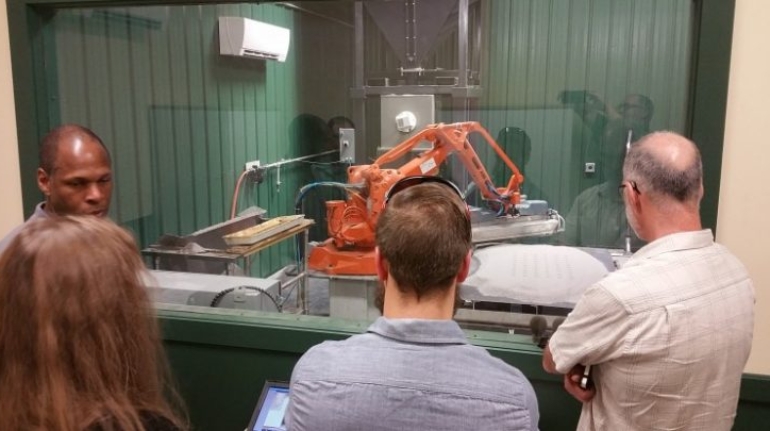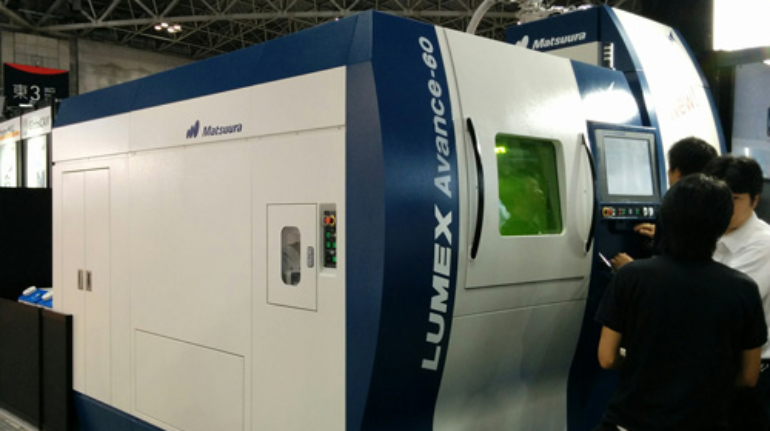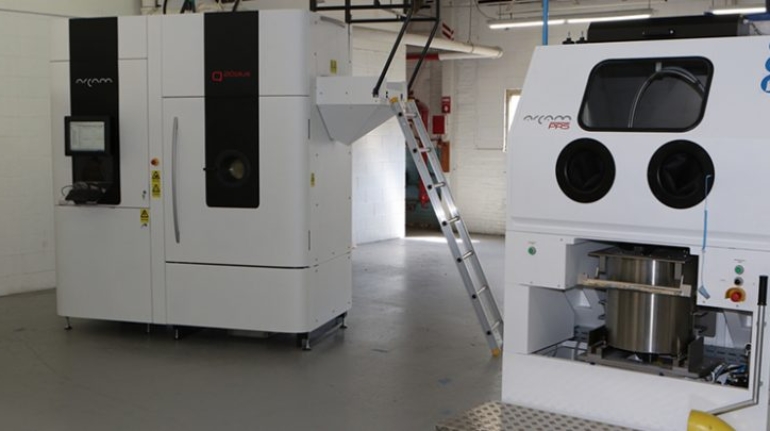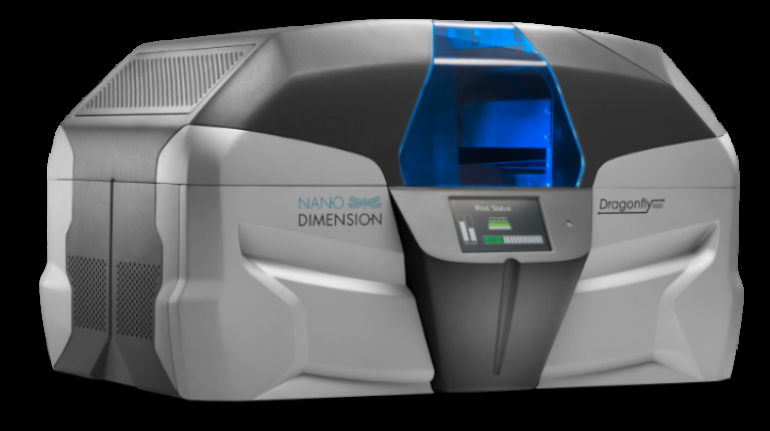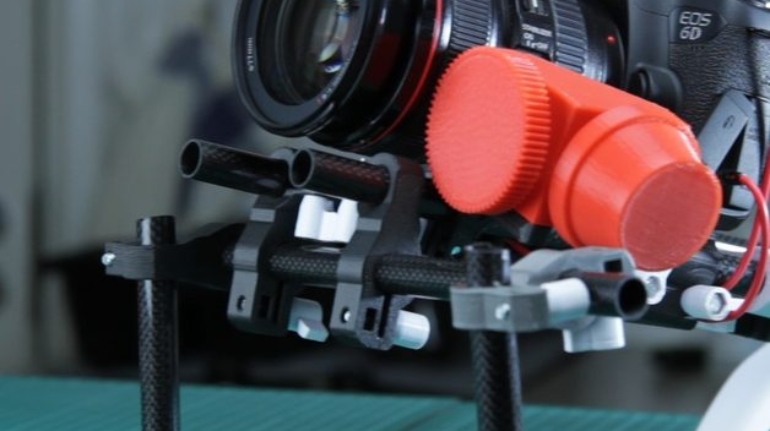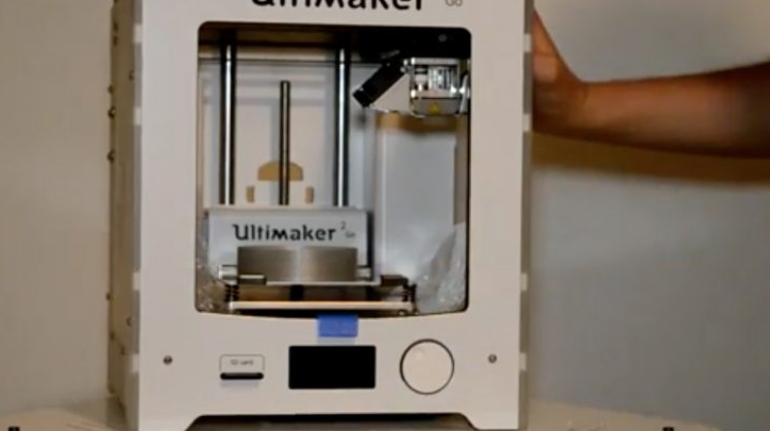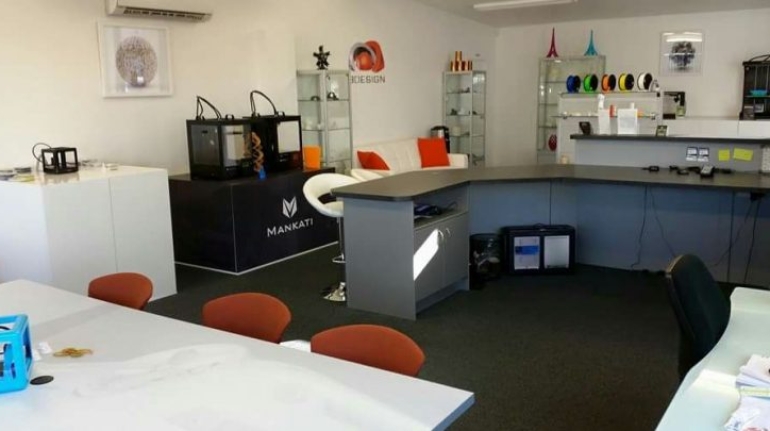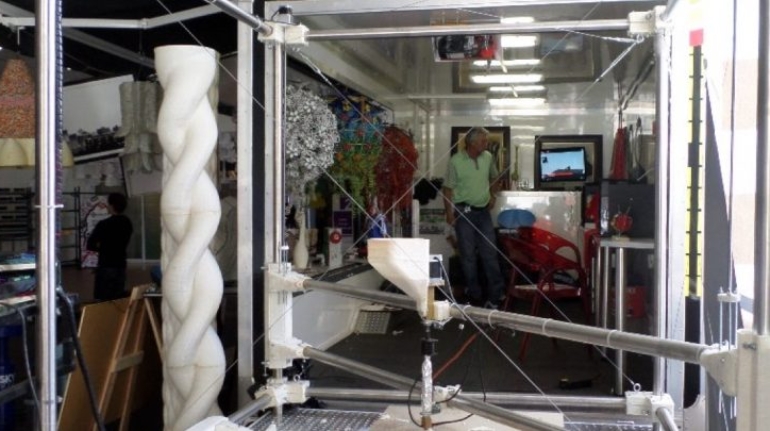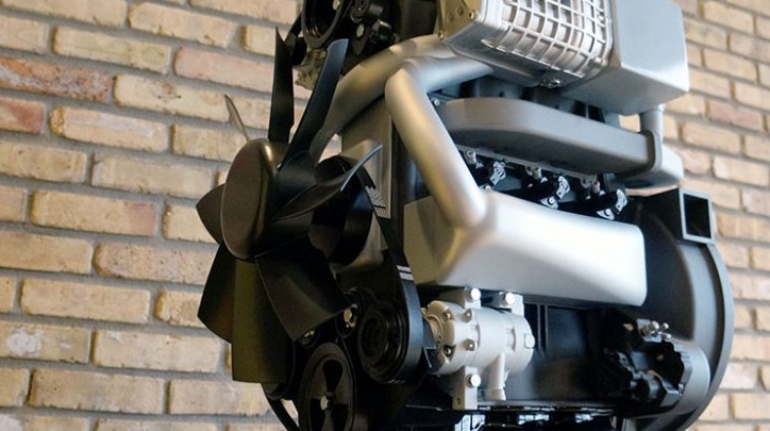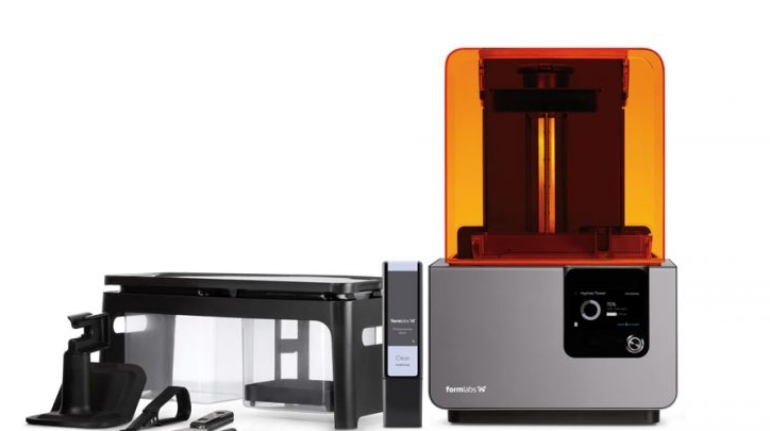EnvisionTEC Partner Viridis3D Shows Off New 3D Printing Tech 3D Printer Hardware
Viridis3D, a supplier of additive manufacturing technology for making sand molds and cores for foundry applications, has teamed up with Palmer Manufacturing and Trident Alloys to provide live demonstrations of its new robotic 3D printing technology. Customers from the United States, Canada and Mexico attended the first demonstration events held in June and August, and were shown the speed and flexibility that the RAM123 printers bring to the foundry industry. Three more events will be held on Sept. 14, Oct. 6, and Nov. 8. Each session will run from 9 a.m. to 1 p.m. Attendees will receive an hour-long live machine demonstration, a foundry tour, and an offsite Q&A at a nearby conference center. Trident Alloys, a jobbing foundry in Springfield, Mass., purchased a Viridis3D RAM123 printer in 2015, and has added 3D printed sand molds as a quick turn service for making production sand castings. The company has produced castings for existing customers, ranging from prototype, production, and legacy spare parts. Jim Galaska, owner of Trident Alloys, said he was “surprised at the new business that we are getting through word of mouth, before we even started advertising.” Will Shambley, Co-founder of Viridis3D, and Jack Palmer, President of Palmer Manufacturing & Supply, will lead the live demonstrations showing how the company makes cores and molds with the robotic 3D printing technology and discuss how Trident Alloys is using the technology in everyday production. “These demonstrations show just how revolutionary and disruptive 3D printing technology is for the foundry industry,” Shambley said. “We have a great product that is already making production sand castings.” Palmer added, “The Viridis3D technology is amazingly simple, rugged, and affordable. Its ability to achieve excellent surface finish with accurate tolerances sets itself apart from anything else on the market today.” Space is limited in each session. For more details and to register, visit www.palmermfg.com/reservation.html. About Viridis3D Founded in 2010, Viridis3D is an all-inclusive supplier of additive manufacturing technology for industrial applications. The company sells complete systems of materials, 3D printing machines, robots, software, and the training needed to successfully deploy functional solutions for metal casting, ceramics, and composites applications. Viridis3D is backed by an exclusive strategic partnership with EnvisionTEC. For more information, please visit Viridis3d.com. About Palmer Manufacturing & Supply Palmer Manufacturing and Supply, a manufacturer of foundry equipment from Springfield, OH, is the official sales partner for the Viridis3D sand casting systems in North and South America. More information at www.palmermfg.com. About EnvisionTEC EnvisionTEC is a leading global provider of professional-grade 3D printing solutions. Founded in 2002 with its pioneering commercial DLP printing technology, EnvisionTEC now sells 40 printers based on six distinct technologies that build objects from digital design files. The company’s premium printers serve a wide variety of medical, professional and industrial markets, and are valued for precision, surface quality, functionality and speed. EnvisionTEC’s intellectual property includes more than 100 patents and 70 proprietary materials. Headquartered in Dearborn, Michigan, and Gladbeck, Germany, EnvisionTEC is privately owned by its founder, who is passionate about advancing the field of additive manufacturing. Learn more at EnvisionTEC.com.

